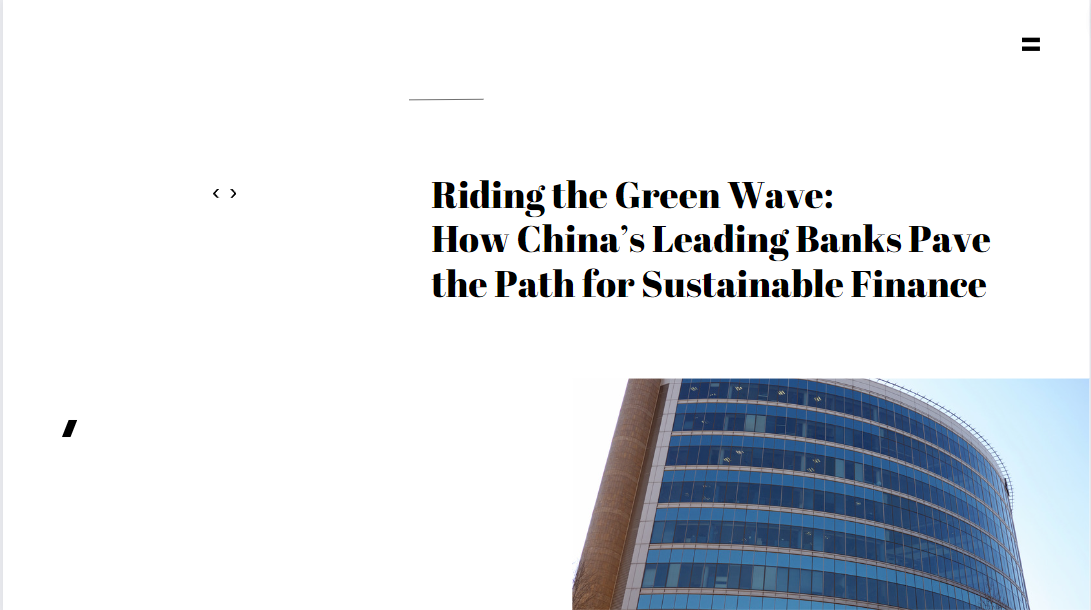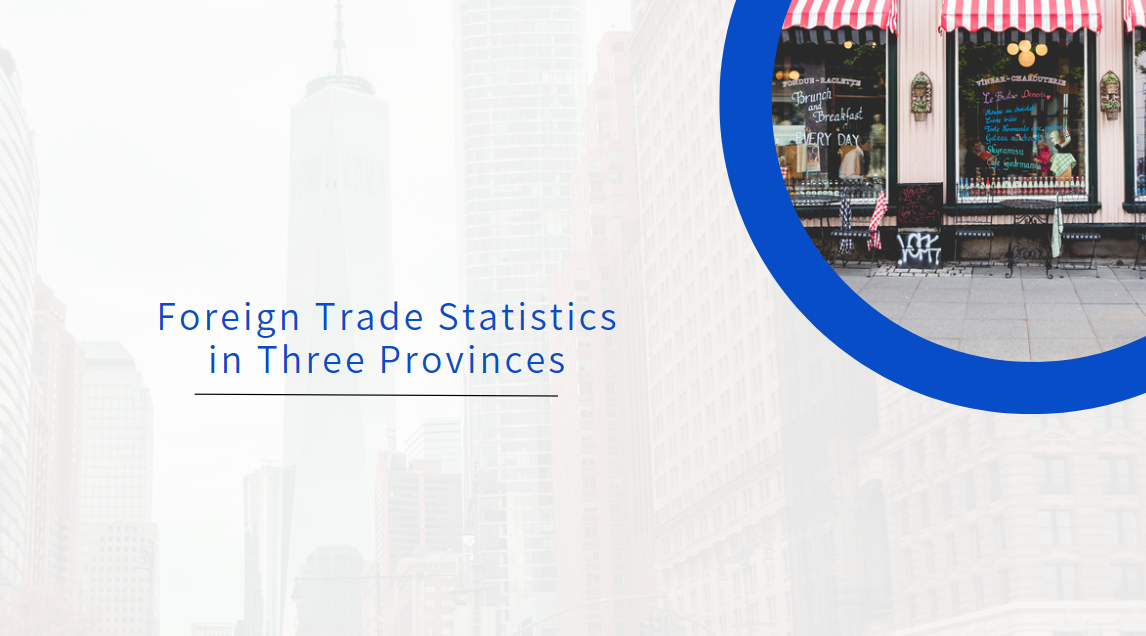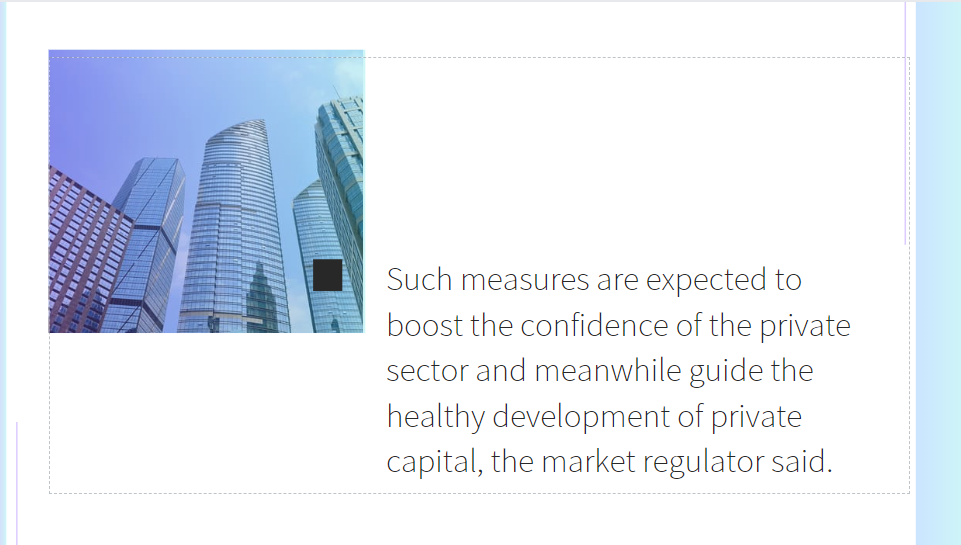China healthcare a unique multidecade investment bet
The recent monetary and fiscal stimulus measures introduced by the central and local governments in China are boosting investment sentiment, and we believe these will further shore up the domestic market and present structural long-term opportunities.
Among the more promising sectors, we believe healthcare is a unique multidecade investment opportunity. Spending on healthcare had soared over the past decades from under 500 billion yuan ($68.46 billion) in 2000 to more than 6.5 trillion yuan in 2019. China's healthcare market is now the second-largest globally and in 2021 generated 10 trillion yuan in total revenue. China's healthcare sector looks set for a sustained revival in 2023.
Last year saw major contractions and a deceleration in growth rates of healthcare firms. In early 2023, the healthcare sector was positively impacted by the country's optimized COVID-19 policies as pent-up demand for healthcare services and medical procedures was unleashed. This presents a favorable growth trajectory for medical services, medical devices and companies involved in producing and distributing drugs and vaccines. A resumption in surgical and nonsurgical medical procedures benefits the medical services and devices subsectors. The pandemic has also meant an emphasis on health and medical security has been brought to the forefront. As a result, we are seeing increasing investment in healthcare infrastructure as well as more opportunities in drug and vaccine-related development.
The country's healthcare sector outlook is turning positive once again. Analyst consensus indicates a recovery of average earnings growth to the high teens backed by what we believe will be the revitalization of the sector. We expect that average earnings growth this year will be much better given the country's COVID-19 policy adjustment and resulting improvements in economic growth. In our view, most subsectors will see better growth rates, especially medical services and devices, traditional Chinese medicine and drug retailers. Contract research organizations and contract development and manufacturing organizations remain a fast growth sector, but may see some slowdown due to the high base from 2022 driven by COVID-19-related business.
Importantly, we believe policy development plays an instrumental role in shaping the healthcare industry dynamic and investment opportunities. The goal of providing adequate basic healthcare for China's 1.4 billion people has always been a top priority for healthcare policymakers.
Encouraging private healthcare provision has always been a part of the national strategy. Since last October, the policy tone toward the healthcare sector has reaffirmed that the government welcomes private sector participation. This is evidenced by the supportive policies being implemented for the development of private hospitals and online healthcare platforms. Private hospital operators are in a good position to capture long-term structural demand growth and recovery.
Regulators have put in place policies to increase supply and enhance public healthcare systems to ensure basic medical needs are met. At the same time, the government is encouraging private sector participation to cater to more affluent patients who can afford higher-quality services with shorter waiting times. The National Health Commission said China's private hospitals delivered a 17 percent compound annual growth rate in revenue from 2016 to 2021, outperforming the country's public-hospital sector CAGR of 9 percent over the same period.
Private sector participation remains key to China's long-term healthcare reforms, offering opportunities for entrepreneurial, innovative and well-run companies that can plug the public healthcare gap.
Moreover, recent changes in public health insurance are another important positive catalyst. The policy launched in mid-February by the National Healthcare Security Administration enables certain pharmacies to gain access to collective insurance accounts for outpatient services, making it more convenient and accessible for insured patients to have ready access to prescription drugs. This move is expected to accelerate prescription drug sales at retail pharmacies rather than solely from hospitals where they are prescribed.
In addition, earnings uncertainties linked to volume-based procurement are diminishing as companies increasingly allocate resources toward innovative drugs with higher pricing power. For innovative drugs, the policy is likely to remain accommodative to encourage innovation. This is evident from the 2022 VBP results of drugs in the National Reimbursement Drug List, where price cuts of key innovative drugs were less than market expectations and occurred through a simple renewal process.
The medical devices subsector is expected to continue to face pressure in the coming years as VBP is still at an early stage. Price cuts have dampened the margins of medical device makers. Yet on the volume growth side, the story is actually positive. Since foreign medical device makers do not typically participate in VBP, this gives the market share to domestic players. So, while medical device manufacturers might suffer from reduced profit margins and revenue, they gain on overall market share.
Moreover, prospects for traditional Chinese medicine are also improving as China rolls out policy initiatives including market liberalization, improved manufacturing standards and efforts to foster talent cultivation and international trade, targeting the development of a strong TCM sector by 2025. This entails targets for the number of TCM service providers (hospitals and clinics), hospital beds, practitioners, and the penetration rate in specific areas, such as geriatrics, rehabilitation, obstetrics and gynecology.
In late 2021, for example, regulators opened the formula granules market and pushed for uniform manufacturing standards for around 700 formula granule products. Given that roughly half of the TCM market currently uses herbal ingredients, this shift to formula granules is expected to bode well for relevant TCM manufacturers.
The State Council, China's Cabinet, also released a document on upgrading and developing the TCM industry in February, which tackles the challenge of how to boost TCM through cultivating talent, implementing modern industrial techniques, lowering entry barriers, improving urban and rural service networks, and enhancing international trade and investment. As a result, the sector has outperformed in recent months and is expected to benefit from more supportive policies in the future.
These factors can drive a comprehensive earnings recovery across China's healthcare industry. The dynamics of China's healthcare sector have undergone significant changes in the past three years. However, certain factors have remained unchanged, such as the continued growth of healthcare spending in China fueled by the country's aging population, expanding middle-income group, and increasing demand for high-quality healthcare services, all of which will help make healthcare a unique secular investment opportunity.
The writer is senior portfolio manager, China A shares, at Invesco, a US-headquartered global investment management company.





















































First, please LoginComment After ~